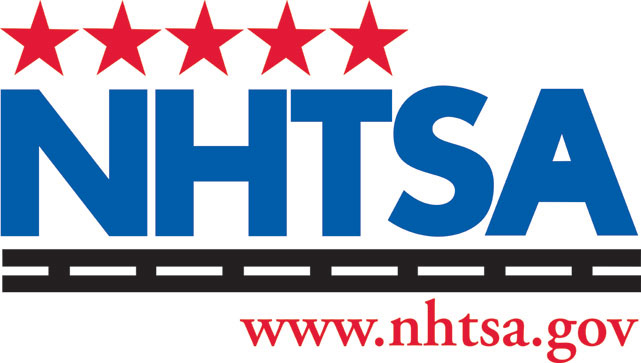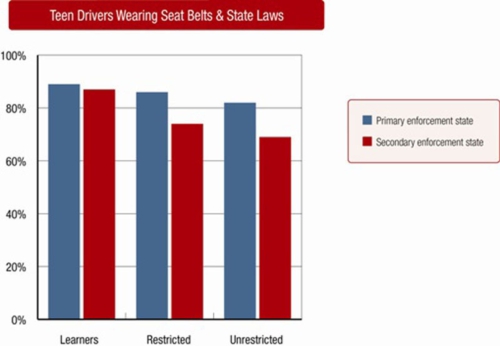U.S. Transportation Secretary Ray LaHood today unveiled survey analysis that reveals young people are the least likely passengers to say something to their driver if he or she were texting or talking on a cell phone. At the same time, Secretary LaHood also launched a new contest for students to design a social networking icon that will be used in …
Nissan Partners With Tennessee Governor’s Highway Safety Office to Educate Teens at More Than 110 Schools About Safe Driving Practices
Traffic crashes are the leading cause of death for American teens. The yearly increase in numbers of alcohol-related crashes for teens begins to occur during April and May — prom and graduation season — according to the National Highway Traffic Safety Administration. Nissan North America and the Tennessee Governor’s Highway Safety Office (GHSO) are stepping up and talking to …
New Survey Shows Most Licensed Teen Drivers Still Text While Driving; Critical Parent-Teen Conversations Decline Once Teen Has License – Just When Dangers Are Highest
A new State Farm® survey, conducted in February by Harris Interactive, shows the majority of teens with driver’s licenses, 57 percent, admit to texting while driving, despite the widespread attention surrounding the dangers of this risky practice. The State Farm survey was conducted by telephone in the United States among 652 14-17 year olds, including 280 who have a driver’s …
MADD Highlights New Data Showing that a Quarter of Teen Drinkers Get Alcohol from a Parent or Family Member
Mothers Against Drunk Driving (MADD) is highlighting data from the Substance Abuse and Mental Health Services Administration (SAMHSA) showing that 26 percent of all teen drinkers (ages 12-17) get their alcohol from a parent or family member. This, coupled with research showing that three out of four kids say their parents are the leading influence on their decisions about drinking, …
Teen Seat Belt Use Higher in States with Strong Laws
While most teens do buckle up when driving, new research shows that novice teen drivers who live in states with so-called “secondary enforcement” seat belt laws are less likely to use the life-saving devices than those in “primary enforcement” states. The research, conducted by The Children’s Hospital of Philadelphia (CHOP) and State Farm®, is published in the American Journal …



Search TeenAuto
Socialize with Us
Like us on FacebookFollow us on TwitterWatch our Channel